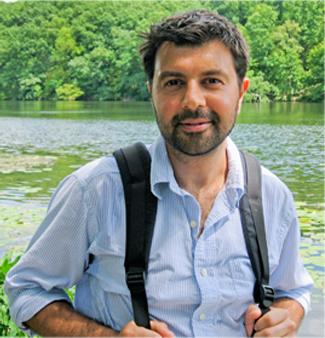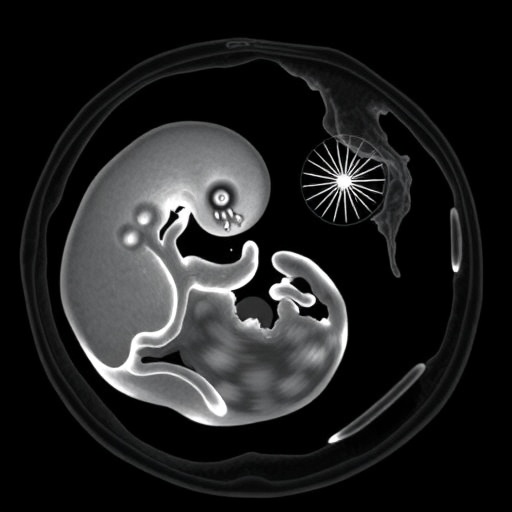
Credit: University of Guelph
University of Guelph researchers are the first to uncover how the cannabis plant creates important pain-relieving molecules that are 30 times more powerful at reducing inflammation than Aspirin.
The discovery unlocks the potential to create a naturally derived pain treatment that would offer potent relief without the risk of addiction of other painkillers.
“There’s clearly a need to develop alternatives for relief of acute and chronic pain that go beyond opioids,” said Prof. Tariq Akhtar, Department of Molecular and Cellular Biology, who worked on the study with MCB professor Steven Rothstein. “These molecules are non-psychoactive and they target the inflammation at the source, making them ideal painkillers.”
Using a combination of biochemistry and genomics, the researchers were able to determine how cannabis makes two important molecules called cannflavin A and cannflavin B.
Known as “flavonoids,” cannflavins A and B were first identified in 1985, when research verified they provide anti-inflammatory benefits that were nearly 30 times more effective gram-for-gram than acetylsalicylic acid (sold as Aspirin).
However, further investigation into the molecules stalled for decades in part because research on cannabis was highly regulated. With cannabis now legal in Canada and genomics research greatly advanced, Akhtar and Rothstein decided to analyze cannabis to understand how Cannabis sativa biosynthesizes cannflavins.
“Our objective was to better understand how these molecules are made, which is a relatively straightforward exercise these days,” said Akhtar. “There are many sequenced genomes that are publicly available, including the genome of Cannabis sativa, which can be mined for information. If you know what you’re looking for, one can bring genes to life, so to speak, and piece together how molecules like cannflavins A and B are assembled.”
With the genomic information at hand, they applied classical biochemistry techniques to verify which cannabis genes were required to create cannflavins A and B. Their full findings were recently published in the journal Phytochemistry.
These findings provide the opportunity to create natural health products containing these important molecules.
“Being able to offer a new pain relief option is exciting, and we are proud that our work has the potential to become a new tool in the pain relief arsenal,” said Rothstein.
Currently, chronic pain sufferers often need to use opioids, which work by blocking the brain’s pain receptors but carry the risk of significant side effects and addiction. Cannflavins would target pain with a different approach, by reducing inflammation.
“The problem with these molecules is they are present in cannabis at such low levels, it’s not feasible to try to engineer the cannabis plant to create more of these substances,” said Rothstein. “We are now working to develop a biological system to create these molecules, which would give us the opportunity to engineer large quantities.”
The research team has partnered with a Toronto-based company, Anahit International Corp., which has licensed a patent from the University of Guelph to biosynthesize cannflavin A and B outside of the cannabis plant.
“Anahit looks forward to working closely with University of Guelph researchers to develop effective and safe anti-inflammatory medicines from cannabis phytochemicals that would provide an alternative to non-steroidal anti-inflammatory drugs,” said Anahit chief operating officer Darren Carrigan.
“Anahit will commercialize the application of cannflavin A and B to be accessible to consumers through a variety of medical and athletic products such as creams, pills, sports drinks, transdermal patches and other innovative options.”
###
Media Contact
Tariq Ahktar
[email protected]
Original Source
https:/
Related Journal Article
http://dx.




